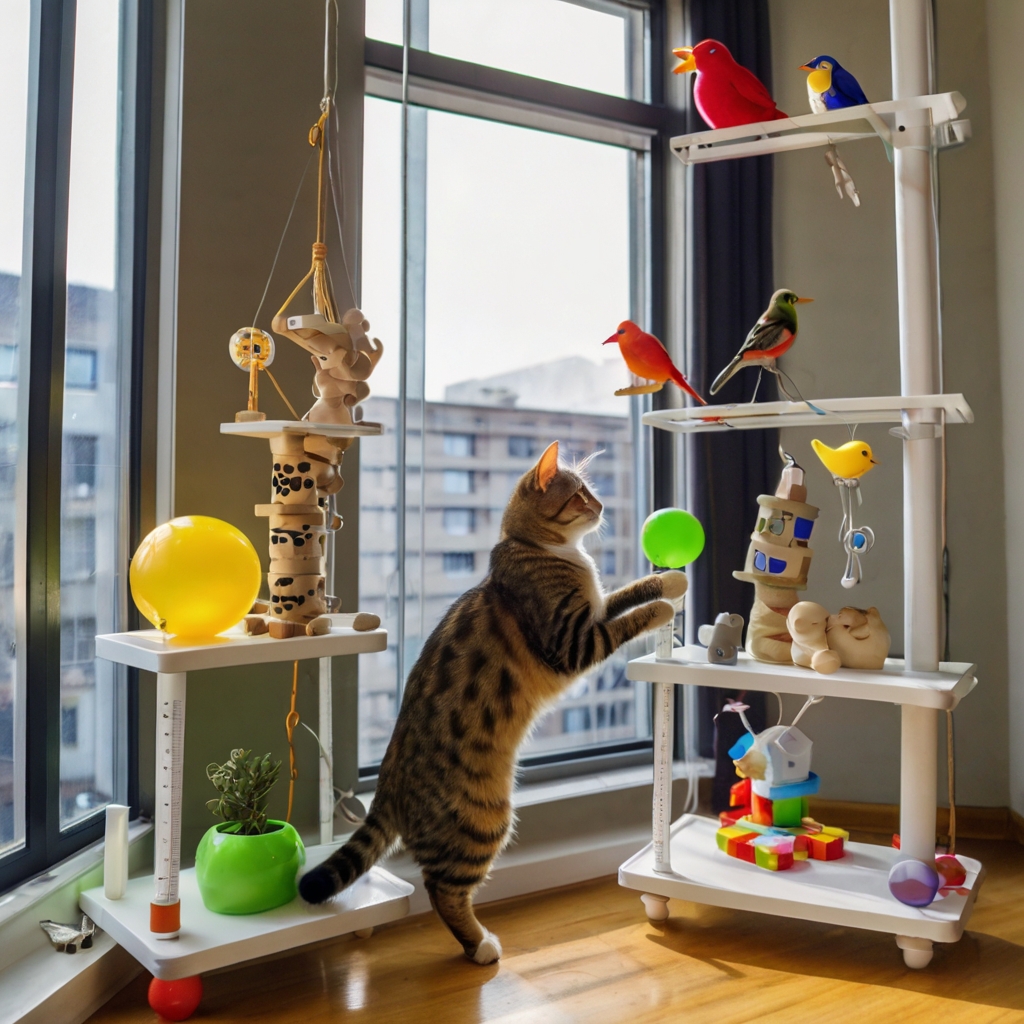Cats are often seen as independent creatures, content with lounging around the house all day. But just like humans, cats can experience boredom — and when they do, it can lead to behavioral issues, health problems, and a generally unhappy pet. If you’ve ever wondered whether your feline friend is truly living their best indoor life, this guide is for you.
What Is Cat Boredom?
Cat boredom happens when your cat lacks mental stimulation, physical activity, or environmental enrichment. Indoor cats are especially susceptible because they have fewer opportunities to explore and hunt compared to outdoor cats. Left unaddressed, boredom can lead to destructive behaviors and chronic stress.
Signs Your Cat Is Bored
Here are the top indicators that your cat may be feeling unstimulated:
1. Overeating or Undereating
Bored cats may eat excessively out of habit, or they might lose interest in food entirely. A sudden change in appetite, without a medical cause, is often a sign of boredom.
2. Excessive Grooming
Obsessive grooming, particularly if it results in bald patches or irritated skin, can be a sign your cat is trying to self-soothe due to lack of engagement.
3. Destructive Behavior
Scratching furniture, knocking things off shelves, or chewing cords are often signs that your cat is trying to create its own form of entertainment.
4. Lethargy or Sleepiness
Although cats sleep a lot, a bored cat may sleep excessively or display low energy levels throughout the day.
5. Aggression or Sudden Mood Changes
If your cat has become more irritable, aggressive, or suddenly disinterested in human contact, boredom could be a trigger.
6. Meowing or Vocalizing More Than Usual
Increased vocalization, especially when you’re not in the room, may indicate that your cat is craving attention or stimulation.
7. Compulsive Behaviors
Pacing, tail-chasing, or other repetitive behaviors are clear signs your cat is lacking enrichment.
Why Indoor Cats Are More at Risk
Indoor cats often miss out on the variety of experiences that outdoor cats naturally encounter — chasing prey, climbing trees, or exploring new territories. Without structured stimulation, indoor cats are left to create their own “fun,” which can sometimes become problematic.
How to Stimulate a Bored Cat Indoors
Thankfully, there are many ways to prevent and reverse cat boredom. Here are some effective strategies:
1. Create Vertical Spaces
Cats love to climb. Install cat trees, shelves, or window perches to create levels of interest and a sense of territory.
2. Interactive Toys and Puzzle Feeders
Invest in toys that respond to your cat’s actions — such as feather wands, battery-operated mice, or treat-dispensing balls. Puzzle feeders also encourage natural hunting behaviors.
3. Rotate Toys Weekly
Just like kids, cats can get bored of their toys. Rotating them weekly helps keep the novelty alive.
4. Scheduled Playtime
Dedicate at least 15–20 minutes daily to interactive play. Laser pointers, wand toys, and balls can mimic prey and keep your cat mentally and physically engaged.
5. Visual Stimulation
Set up a cat-safe window perch so they can watch birds, squirrels, or passersby. Consider using “cat TV” on YouTube with footage of birds or fish.
6. Scratching Posts and Climbing Stations
Having appropriate places to scratch and climb satisfies natural instincts and prevents destructive behavior.
7. New Scents and Experiences
Use cat-safe herbs like catnip or silvervine, or introduce scent trails using toys rubbed with these herbs.
8. Food Hunting Games
Hide small portions of food or treats around the house. This encourages your cat to “hunt,” adding purpose to their day.
9. Adopt a Companion
If your lifestyle and finances allow, another cat can provide constant stimulation and companionship — especially if they have compatible personalities.
What to Avoid
- Punishing Bored Behavior: This only adds stress and doesn’t solve the root cause.
- Ignoring the Signs: Behavioral issues are often cries for help, not signs of a “bad” cat.
- Overfeeding as a Distraction: Using food to entertain your cat without active play can lead to obesity.
When to See a Vet
If your cat’s behavior suddenly changes or you notice signs like excessive licking, aggression, or eating issues, consult your vet. Health issues and boredom often overlap, and ruling out medical causes is essential.
Final Thoughts
Recognizing the signs of boredom in your cat is the first step toward ensuring their mental and physical health. With just a few environmental and routine adjustments, you can dramatically improve your cat’s quality of life.
Read More



1 comentário em “Top Signs of Cat Boredom and Indoor Stimulation Tips”